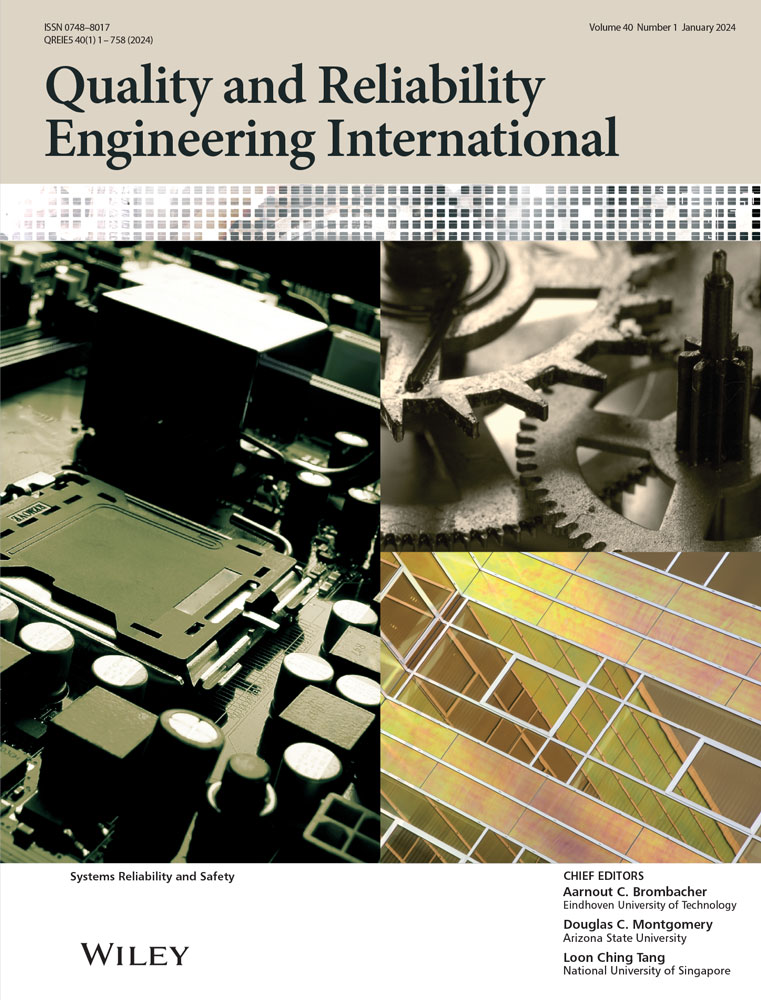Transmission reliability evaluation of the wireless mobile ad hoc network considering the routing protocol and randomness of channel capacity
Abstract
Due to the characteristics of self-organization, flexibility, and low cost, Mobile ad hoc networks (MANETs) have been applied in many fields, such as disaster rescues and military actions. However, in reality, the successful route establishment based on routing protocols is the prerequisite of data transmission. Besides, the transmission reliability of MANETs is affected by resource constraints, such as channel capacity and energy, and environmental factors. Hence, how accurately modeling and evaluating the transmission reliability of MANETs is very important to ensure their application. Whereas, existing studies ignore the impact of routing protocols and do not fully consider the influence of some factors on transmission reliability, such as environmental randomness, channel capacity, and energy consumption. To solve the above problems, we first propose a signal-to-noise-ratio-Capacity connection model to better describe the characteristics of wireless links, and the probability of one hop connection is deduced considering the capacity demand randomness. Then, considering the influence of routing protocol on the MANET link establishment, we take the ad hoc on-demand distance vector routing protocol as an example, and propose an evaluation algorithm of the MANET transmission reliability based on algebraic graph theory and Monte Carlo simulation. Finally, the effectiveness of the proposed method is demonstrated by a numerical example of an unmanned aerial vehicle search and rescue scene.
Open Research
DATA AVAILABILITY STATEMENT
Research data are not shared.




